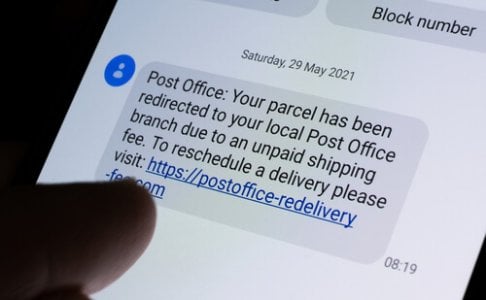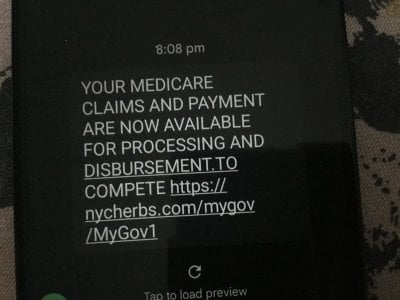Cracking down on scammers: How the federal budget plans to protect you from fraudsters
- Replies 8
It’s bad news for scammers, whose days of ripping off hardworking and innocent Australians could finally be coming to an end.That’s because, come June, the Federal Government will be introducing a $10 million crackdown on all scam texts sent to Aussies. The whopping budget is an attempt to tighten our online security and stop these criminals in their tracks once and for all.
No one should be stripped of their hard-earned money; not you, not us and definitely not the countless Aussies last year who lost an estimated $3.1 billion to scammers, as reported by the Australian Competition and Consumer Commission (ACCC). You can read more about this here.
In 2021, an alarming number of Australians - at least half of the country’s 25.7 million population - received at least one fake text message.
Research shows that a worrying one-in-three scammers are using text messages now, compared with 29 per cent phone call scams. The messages often look like they’re from a legitimate source, such as a bank or MyGov, but they’re actually deceivingly dangerous.
Thankfully, the initiative will not only work to punish scammers but will actively help protect smartphone users in Australia from this kind of activity. This is because the major part of the government initiative will be the establishment of an SMS Sender ID Registry. It will help telecommunication companies to tell the difference between messaging from scammers and messaging from actual legitimate and trusted brands.
But, with the Sender ID Registry, a telco would be able to block the scammer’s number if it differed from the ones on the list.
Communications Minister Michelle Rowland explained to Weekend Today that the federal government has created an SMS sender ID Registry to help telecommunication companies recognise scammers.
'To give a practical example like Australia Post, a lot of people might get texts from Australia Post and it says it is from Australia Post and says a delivery is coming, will you be home, a delivery is on its way,' Rowland said.
'What scammers are currently able to do is copy that header using a different originating number and slip it into that legitimate stream so it is totally insidious but it looks completely legitimate.’
'So ... the registry will actually have a list of numbers that Australia Post says are their legitimate numbers. If a scammer tries to use a different number, the telco will block that from getting on to someone's device.'
Rowland said that while there is no 'silver bullet' to defeating scammers, recent measures such as the registry have already had success - leading to the blocking of 90 million scam texts since July last year and 500 million scam calls.
The Communications Minister expects that the 'registry should take 12 months to be up and running.'
Key Takeaways
- The Australian government plans to combat the growing number of scam texts sent to citizens, allocating $10 million towards increased cybersecurity.
- Over $3.1 billion was lost to scammers by Australians last year, with one in three scammers using text messages.
- A major initiative includes the creation of an SMS sender ID Registry to help telecom companies recognise scammers imitating trusted brands.
- Communications Minister Michelle Rowland says the registry should be up and running within 12 months, as part of ongoing efforts to reduce scams targeting Australians.
In worst-case scenarios, if you ever find yourself contacted by a message that looks suspicious, don’t hesitate to reach out to your telco to double-check it’s a legitimate source. Also remember that if you receive something too good to be true, it probably is!
If you do spot a scam, you can post it on our Scam Watch forum to warn other members and help keep our community safe.
Be cautious and stay safe, members!









